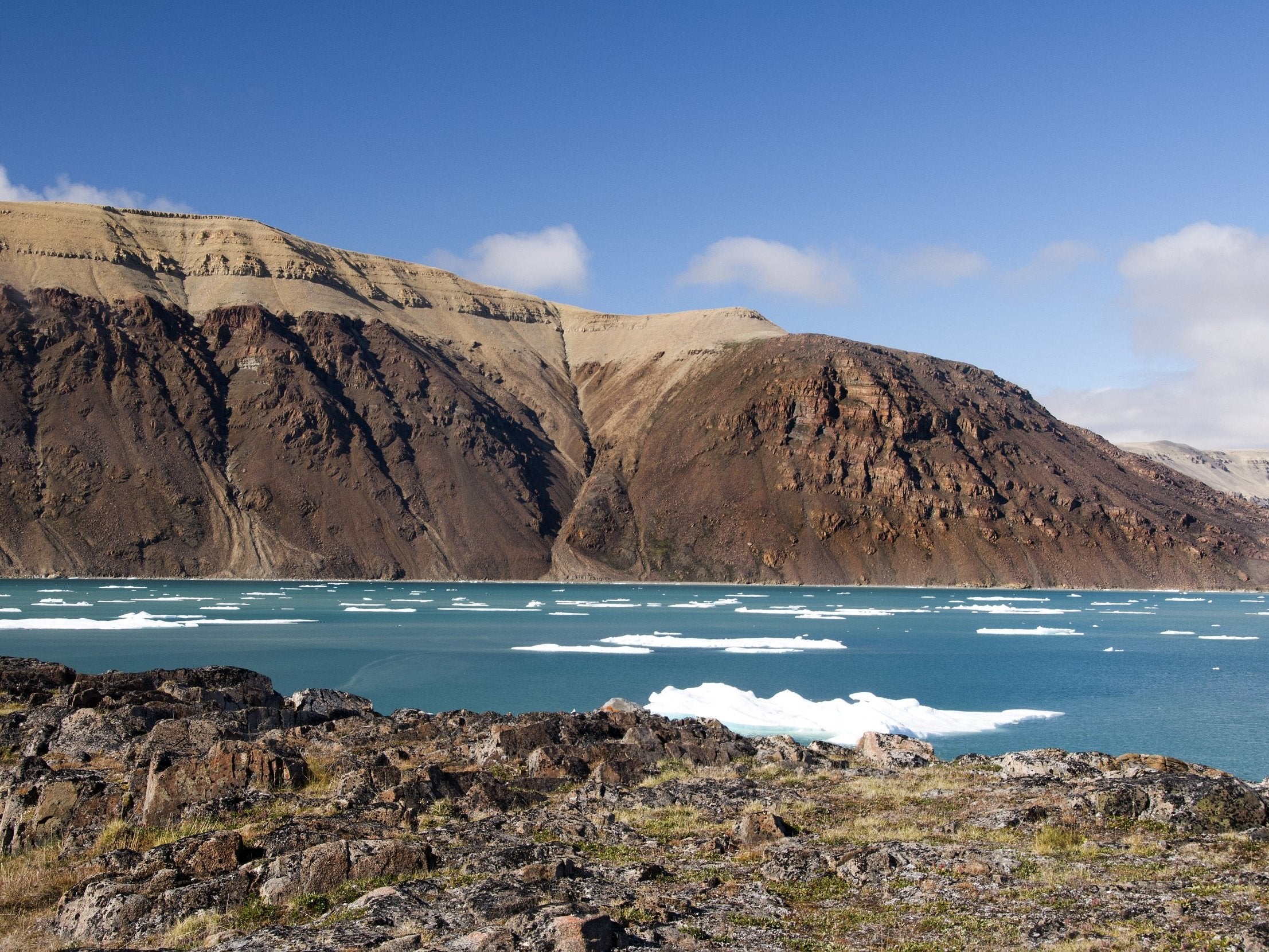Diamond-encrusted rock discovery offers insights into ancient continent which stretched from Europe to North America
Geologists say fragments suggest North Atlantic Craton was 10 per cent bigger than previously thought

Your support helps us to tell the story
From reproductive rights to climate change to Big Tech, The Independent is on the ground when the story is developing. Whether it's investigating the financials of Elon Musk's pro-Trump PAC or producing our latest documentary, 'The A Word', which shines a light on the American women fighting for reproductive rights, we know how important it is to parse out the facts from the messaging.
At such a critical moment in US history, we need reporters on the ground. Your donation allows us to keep sending journalists to speak to both sides of the story.
The Independent is trusted by Americans across the entire political spectrum. And unlike many other quality news outlets, we choose not to lock Americans out of our reporting and analysis with paywalls. We believe quality journalism should be available to everyone, paid for by those who can afford it.
Your support makes all the difference.Diamond-encrusted rock samples discovered on a Canadian island come from an ancient continent that was probably 10 per cent larger than has always been thought, geologists say.
The fragments of the North Atlantic Craton – a vast land mass which stretched from Europe to North America – were found on Baffin Island.
Scientists stumbled on them as they sifted the area for diamond samples.
The fragments, bearing a mineral signature matching other portions of the North Atlantic Craton, are thought to be some 150 million years old.
“Finding these lost pieces is like finding a missing piece of a puzzle,” Maya Kopylova, a geologist with the University of British Columbia said in an article published on the institute’s website.
She added that such evidence of the ancient crust, which has also previously been found in Scotland and Greenland, was much sought-after.
The samples were taken from deep below the Chidliak Kimberlite Province on the south of Baffin Island.
Previous reconstructions of the North Atlantic Craton had been based on shallow rock samples formed at depths of up to six miles.
But, because the new rock samples were found far deeper into the earth, it suggests the land mass may have been even bigger than previously thought.
“With these samples we’re able to reconstruct the shapes of ancient continents based on deeper, mantle rocks,” Ms Kopylova said. “We can now understand and map not only the uppermost skinny layer of Earth that makes up 1 per cent of the planet’s volume, but our knowledge is literally and symbolically deeper.”
The samples were initially found by provided by Peregrine Diamonds, a Canada-based mineral exploration company, and are now being kept at UBC for research.
Join our commenting forum
Join thought-provoking conversations, follow other Independent readers and see their replies
Comments